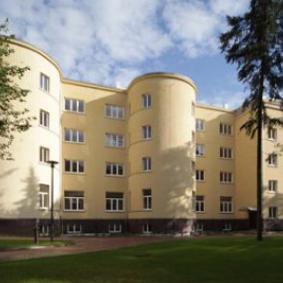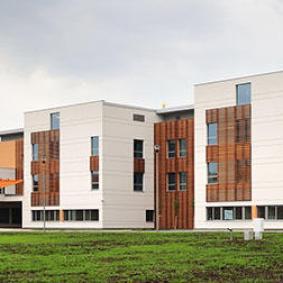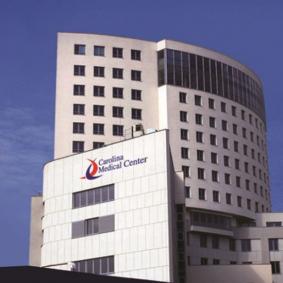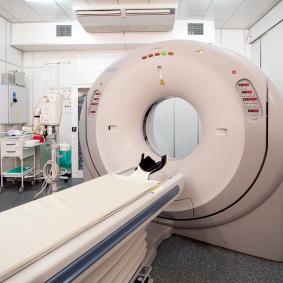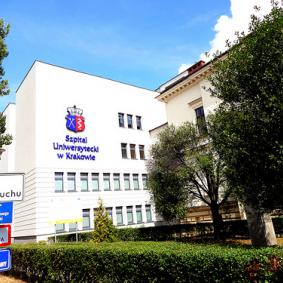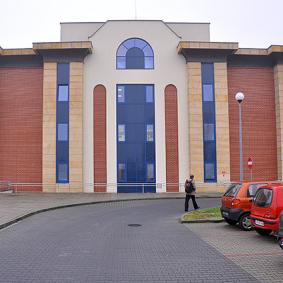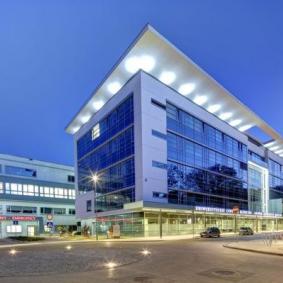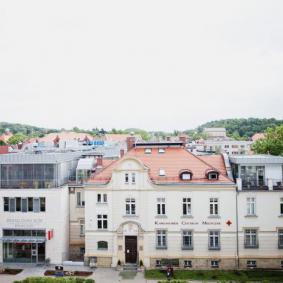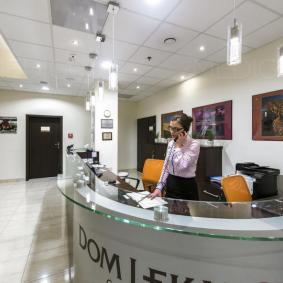Knee arthroscopy treatment in clinics of Zhguv
Why do arthroscopy of the knee joint?
the Word Arthroscopy comes from two Greek words and literally means "to look inside the joint". The greatest value of arthroscopy is the ability not only to look inside the joint and "bring order". One procedure, arthroscopy, the doctor can see inside the joint to diagnose and to fix the following issues in the knee joint:
- Remove or repair the torn part of the meniscus;
- to reconstruct the torn anterior cruciate ligament;
- Restore posterior cruciate ligament;
- to Remove loose fragments of bone or cartilage.
- Remove inflamed synovial tissue;
- to Eliminate misalignment of the patella (kneecap);
- to Remove a fluid-filled "Baker's cyst", which causes pain in the knee;
- knee Arthroscopy is used to treat arthritis in young patients.
Doclandmed.com recommends only those doctors and technology, which are recognized as best in the world.
Orthopedics , Cardiology and a heart surgery , Urology and nephrology , Childbirth , Obstetrics and Gynecology , Rheumatology
Oncology , Cardiology and a heart surgery , Neurology , Childbirth , Obstetrics and Gynecology , Traumatology

Oncology , Surgery , Cardiology and a heart surgery , Dermatology , Plastic surgery , Diagnostics , Obstetrics and Gynecology

We found 0 clinics specialized in Orthopedics in Poland
How is knee arthroscopy?
During the procedure, the doctor makes one, two small incision near the knee joint. Then introduces the arthroscope a type of endoscope, used only for the joint. In addition to the camera with fibre-optic lighting and the ability to produce magnified images of high definition, the arthroscope equipped with a small but clever tools that effectively eliminate the problems previously listed. Arthroscopy is performed under General anesthesia.
How the doctor will know that it needs a knee arthroscopy?
Your doctor may recommend arthroscopy of the knee, if you have a disease that is not amenable to conservative treatment, but the disease has not yet progressed to the point where you want partial or full knee replacement (arthroplasty). To assess the condition of the knee joint are one or more of the following studies, which are preceded by arthroscopy of the knee:
- x — ray allows you to evaluate the condition and position of the bones in the knee joint;
- MRI is a reliable method of diagnosis of the ligaments and soft tissues of the knee joint. MRI allows to judge the condition of the bone and cartilage tissue. In some cases, immediately after a knee injury, may occur swelling, accumulation of fluid and blood inside the joint that may interfere with the transmission signal and to reduce the diagnostic value of MRI of the knee;
- CT scan— allows you to see the condition of the cartilage and bones in thin layered images (slices);
- ultrasound identifies cysts (Baker's cyst) and fluid accumulation in the knee joint.
Recovery after arthroscopy of the knee
Recovery after knee arthroscopy will depend on what the problem was eliminated. Rehabilitation after arthroscopic surgery, takes significantly less time than recovery from traditional open surgery to the knee. After the arthroscopy, you may need to wear a special orthosis, or another fixation of the knee joint. Your doctor may prescribe anti-inflammatory and pain medicine for a short time. Your recovery will take longer if using arthroscopy was performed a complex operation on a ligament reconstruction. Return to physical activity after such an operation is possible after 6 — 8 weeks. If parts of the knee was restored, then it is necessary to wear a hard brace for several weeks.
the Risks and complications of knee arthroscopy
knee Arthroscopy usually is a safe procedure for the treatment of knee injuries, but there are some contraindications to arthroscopy. Infectious diseases, inflammation of the joint associated with infection and the risk of bleeding are contraindications for arthroscopy. To exclude such risks are blood tests and other diagnostic tests listed earlier.
the Decision on carrying out of arthroscopy should take an experienced physician, based on examination and diagnostic tests. It is important to understand that careful assessment of all the risks associated with arthroscopy. Sometimes arthritic changes can occur quickly after an arthroscopic surgery, in particular, when the surgeon performs a deep debridement (cleaning) of the cartilage. For this and other reasons, despite the security of arthroscopy, we recommend that orthopaedic surgeons with extensive experience performing arthroscopic operations on the knee joint. In addition, we recommend specialized clinics in Russia, Germany, Israel and Korea, is equipped with a special operating, with unique opportunities for technological operations on the knee joint.
No questions asked



